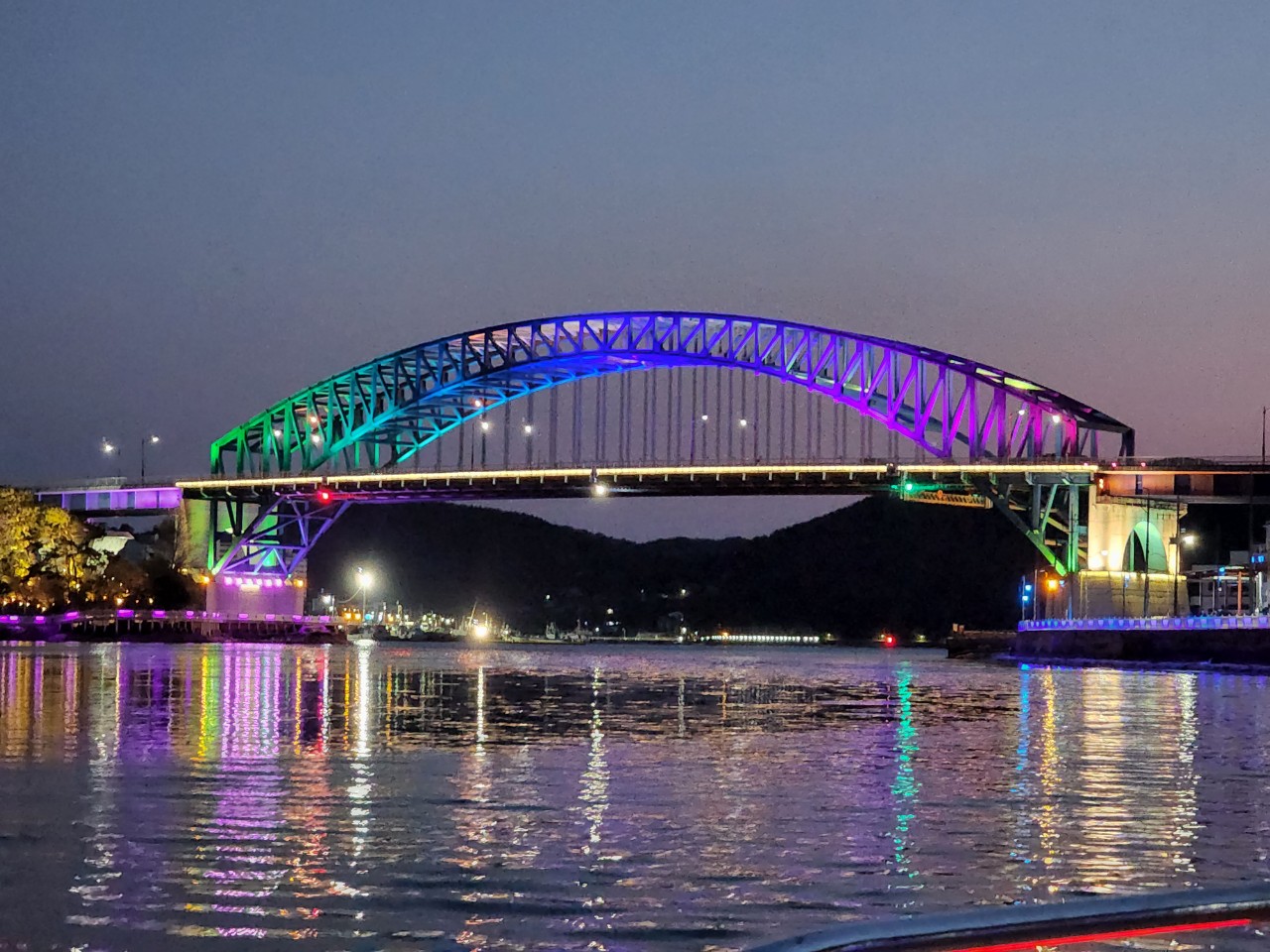Tongyeong: Where History Meets Coastal Serenity
Nestled along the southern coast of South Korea, Tongyeong is a city where emerald waters kiss rugged islands, and centuries of history echo through its winding streets. Often called the “Naples of the East” for its picturesque maritime landscape, this coastal gem blends natural beauty with a rich cultural tapestry. From its role as a naval stronghold during the Joseon Dynasty to its modern identity as a hub for art and seafood cuisine, Tongyeong invites exploration. This article delves into the city’s historical significance, its vibrant arts scene, the culinary treasures of its bustling markets, and the tranquil allure of its archipelago. Prepare to uncover a destination where tradition and modernity coexist harmoniously.
A Legacy Forged by the Sea
Tongyeong’s identity is inseparable from its maritime history. In the late 16th century, Admiral Yi Sun-sin established a naval base here during the Imjin War, using the city’s strategic waterways to repel Japanese invasions. The Jeseungdang, his former headquarters, still stands as a testament to this era. Nearby, the Dongpirang Village—a hillside enclave of pastel-colored houses adorned with murals—showcases how the city honors its past while embracing creativity. The annual Battle of Hansan Festival reenacts naval victories, blending history with community pride.
Island-Hopping and Natural Wonders
Beyond its historical core, Tongyeong is a gateway to the Hallyeo Maritime National Park, a constellation of over 150 islands. Ferries glide between highlights like Somaemuldo, famed for its lighthouse and dramatic coastal cliffs, and Bijindo, a crescent-shaped islet split by a tidal sandbar. Hikers flock to Mireuksan Mountain for panoramic views of the archipelago, while kayakers navigate hidden coves. The region’s biodiversity, including rare seabirds and lush camellia forests, underscores its status as an ecological treasure.
Artistry and Culinary Delights
Tongyeong’s creative spirit thrives in its arts scene. The Tongyeong International Music Festival, founded to honor composer Yun I-sang, draws global performers. Meanwhile, local artisans craft gangu (traditional wooden masks) and celadon pottery. Food is equally celebrated: the Jungang Market brims with hwae (sashimi) pulled straight from the sea, while chungmu gimbap—bite-sized rice rolls served with radish kimchi—has achieved cult status. Restaurants along the harbor serve spicy haemul tang (seafood stew), a warming homage to the city’s maritime bounty.
Modern Vibrancy in a Timeless Setting
Today, Tongyeong balances preservation with innovation. The Tongyeong Cable Car offers sweeping views of the harbor, while eco-friendly initiatives protect its marine ecosystems. Young entrepreneurs have revitalized historic areas with cafes and galleries, creating a dynamic contrast to centuries-old temples. Yet, the city’s soul remains rooted in its landscapes and traditions, offering visitors a chance to slow down and savor its layered charm.
Conclusion: A Tapestry of Land, Sea, and Memory
Tongyeong is more than a scenic destination—it’s a living narrative of resilience, creativity, and natural splendor. From Admiral Yi’s strategic genius to the vibrant strokes of modern muralists, the city weaves its history into every cove and alleyway. Its islands beckon adventurers, while its kitchens delight epicureans. As tourism grows, Tongyeong faces the challenge of balancing progress with preservation. Yet, its essence endures: a place where the past is not merely remembered but reinvented. Whether you seek reflection amid mountain trails or inspiration in a bustling market, Tongyeong offers a journey as rich and varied as the tides shaping its shores.
